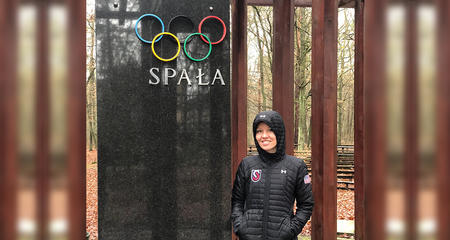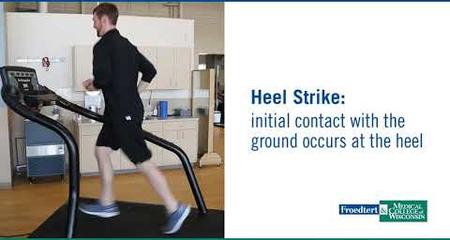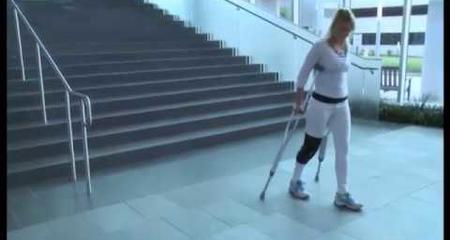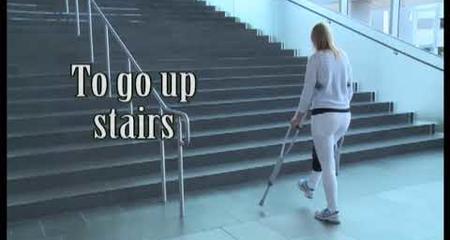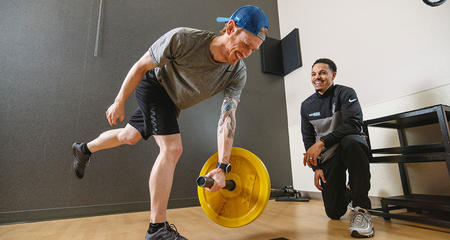Preserving joint function through a variety of approaches can help younger athletes avoid joint replacement. Medical College of Wisconsin sports medicine physicians can help prolong the life of the knee joint several ways.
Meniscus Transplant
Injury to the meniscus, the crescent-shaped cartilage that cushions the bones of the knees, is common during athletic activities and can lead to chronic pain. Sometimes, the meniscus can be torn or damaged to the point where it cannot be repaired.
In the past, treatment involved the complete removal of the meniscus, which sometimes leads to early onset arthritis. Froedtert & the Medical College of Wisconsin offers advanced, minimally invasive treatment options. Meniscal transplant uses donor meniscal cartilage to replace the damaged meniscus. The surgery can be done arthroscopically, using a small incision, small instruments and a miniature camera. It usually can be done as an outpatient procedure.
Meniscus transplantation has become a reasonable treatment option for some patients with specific types of knee pain. Quality physical therapy and rehabilitation is an important part of regaining strength and function after a meniscal transplant.
Cartilage Restoration
Often, when the meniscus or ligaments are damaged, the articular cartilage, which covers the ends of the bones, is damaged as well. There are several surgical techniques to help stimulate the growth of new cartilage, which can reduce pain, improve function and help prevent arthritis.
Younger patients with a single injury are most likely to benefit from surgical procedures to help stimulate new cartilage growth. Many of these procedures can be done arthroscopically, which usually results in less pain and quicker recovery than traditional open procedures.
Common surgical procedures to restore cartilage include:
- Microfracture – uses a tool to create tiny holes in the joint surface to stimulate a new blood supply and healing response.
- Drilling – similar to microfracture, but uses a drill or wire to create holes.
- Abrasion Arthroplasty – uses high-speed burrs to remove damaged cartilage.
- Autologous Chondrocyte Implantation (ACI) – two-step procedure where healthy cartilage tissue is removed and used to grow new cartilage cells. The new cells are implanted during an open surgical procedure.
- Osteochondral Autograft Transplantation – healthy tissue is taken from another part of the joint and matched to the defect to create a smooth cartilage surface.
- Osteochondral Allograft Transplantation – uses tissue taken from a cadaver donor to repair larger defects in an open procedure.
More to Explore

